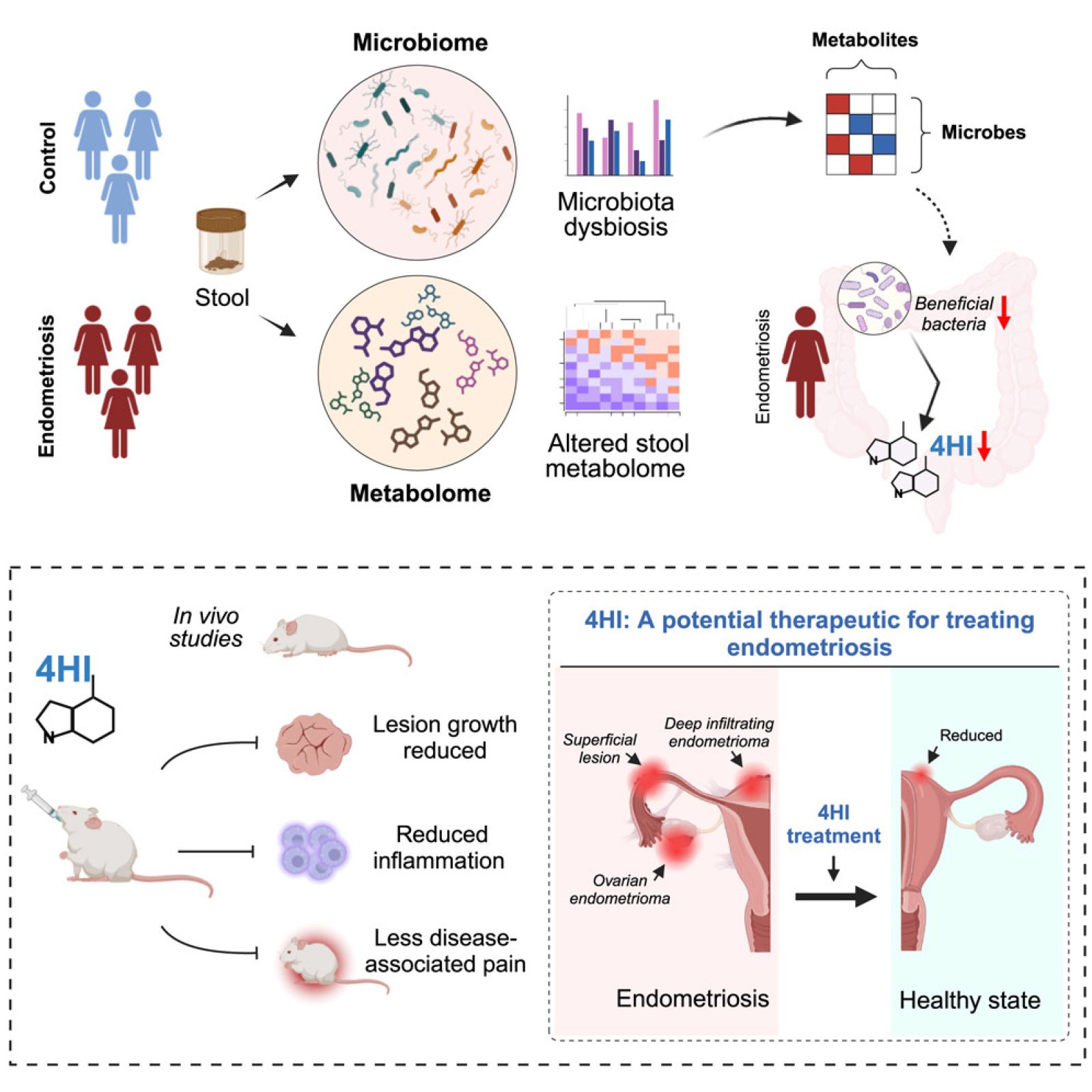Follow us on Google News (click on ☆)

This gynecological disease is characterized by the abnormal proliferation of uterine tissue outside the uterus. In addition to causing pain, it can lead to fertility issues. Traditionally, diagnosis relies on invasive exams, such as laparoscopy. But a new method could soon simplify this process.
Researchers at Baylor College of Medicine have discovered a link between the gut microbiome and endometriosis. They analyzed stool samples from affected women and compared them to samples from healthy women.
Their study reveals that women with endometriosis have an imbalance in their gut bacteria. Specifically, the levels of certain beneficial bacteria, such as Roseburia, are significantly lower.
A metabolite called 4-hydroxyindole also caught the researchers' attention. Its low concentrations in the stool of affected women might play a role in the progression of the disease.

Tests on mice indicate that this metabolite reduces inflammation and pain. These findings pave the way for faster diagnosis and a potential non-invasive treatment. The researchers are continuing their work to validate these results and make this test available for home use.
What is a metabolite?
A metabolite is a molecule produced during the chemical reactions of metabolism. These substances are generated by the body and by bacteria within the organism, particularly those in the gut microbiome. Metabolites play a crucial role in many biological functions, such as digestion or inflammation regulation.
4-hydroxyindole is a metabolite produced by certain beneficial gut bacteria. In endometriosis, its level is significantly reduced, and it might have a protective effect against inflammation. Studies show that this compound helps alleviate pain and decrease the growth of endometriotic lesions.
Metabolites can provide clues about overall health. By analyzing those present in stool samples, it's possible to detect imbalances associated with endometriosis, thus enabling early diagnosis without relying on invasive procedures.